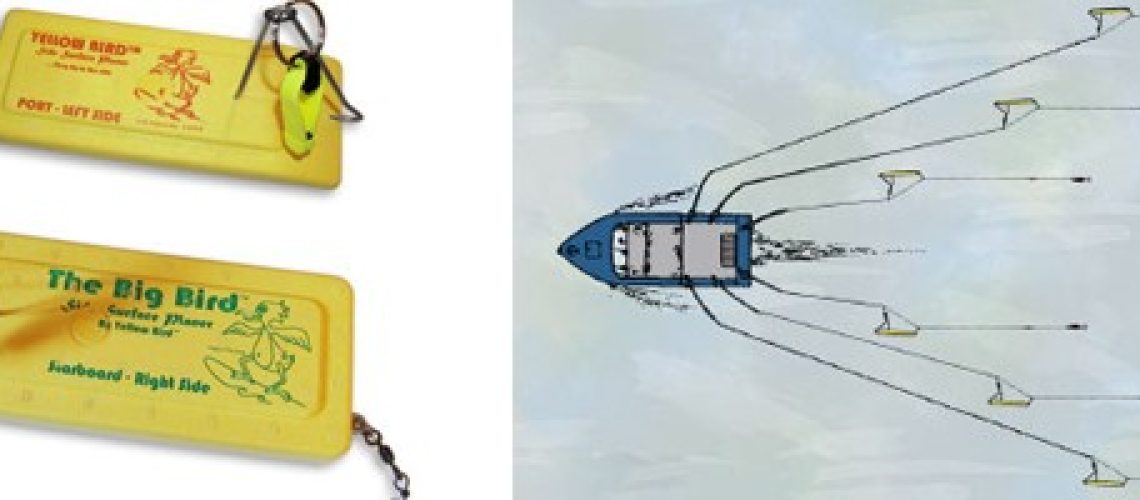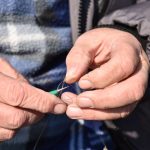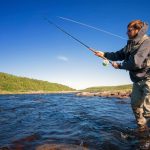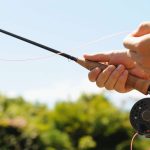Conservation of fish resources is a goal shared by nearly every fishing enthusiast as well as those who simply care about maintaining healthy food supplies. One question is whether it is necessary to limit the use of rods and planers to help conserve the fish supply. The answer is more likely no; the effective solution lies where it always has been in the responsive management of species.
Planers move baits and lures away from boats and create movement when pulled through the water. One can use planers in all seasons, in deep or shallow waters, and near structures. Planers signal strikes and help detect when fish are on the line. This information reduces the time that trolling boats pull hooked fish and increases the chances of a successful catch and release.
Recreational and charter fishing boats alike benefit from the use of planer boards. When trolling open waters for species such as striped bass, walleye, and trout planer boards help cover the waters and make the experience more rewarding for anglers. Planer boards that are easy to use and effective in suspending baits and lures in the prime strike zones help anglers make catches, retrieve fish, and release them with minimal stress. Boards that work well with slow trolling as well as on shore in tidal areas and currents add to the angler’s enjoyment, and this tends to increase participation in the sport and resources for management of the fish supplies.
For example, Yellow Bird planers are excellent when used in slow trolling, through grass lines and near structure. They work well in low light conditions and darkness, with glowing features. Adaptable for lures and baits, these well-designed devices are sensitive to contact. They help anglers follow the progress of lines as they bounce off structures, rip through grasses, and create sudden movements that trigger strikes.
Planer and rod limits are not an effective way to protect diminished fish populations. Planers and the number of rods are fishing techniques that enhance the enjoyment of the sport. Used wisely, they contribute to catch-and-keep and catch-and-release situations based on the fishing conditions. Each angler is subject to a catch or creel limit. The rules permit taking a limited number of fish per person, per day.
In the case of striped bass, an alarming decline in sports fishing catch from 2008 to the present has triggered new rules and reforms. New and revised fish management rules intend to reduce fish mortality and increase the stock of striped bass. In the light of sharp declines in the entire coastal region, fishing managers have moved to protect Striped Bass spawning areas and periods of vulnerability. Neither planers nor the number of rods on fishing boats has an impact as large as the extent of commercial fishing, water quality in key areas such as the Chesapeake Bay, and the availability and health of feedstock such as Menhaden.
It is a good practice to maintain no more rods and planers than anglers can tend in the conditions. If inactive, a large number of rods can help find and attract fish. If active, fish strike often and fishing one or two rods and planers will be enough to fill the creel quickly. In catch and release, too many rods can result in increased injury to hooked fish when fish strike more rods than can be handled at the same time. This is a matter of concern particularly in schooling fish, or fish gathered in spawning areas. However, strict rules, which limit rods and planers, can interfere unduly with sound fishing practices. Education is the better approach, to advise anglers and encourage responsible practices.
Yellow Bird Products
1803 Holian Drive
Spring Grove, IL 60081
815-469-9686





